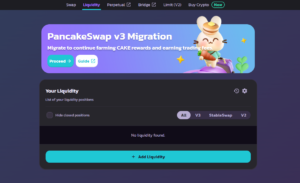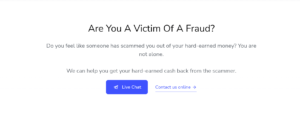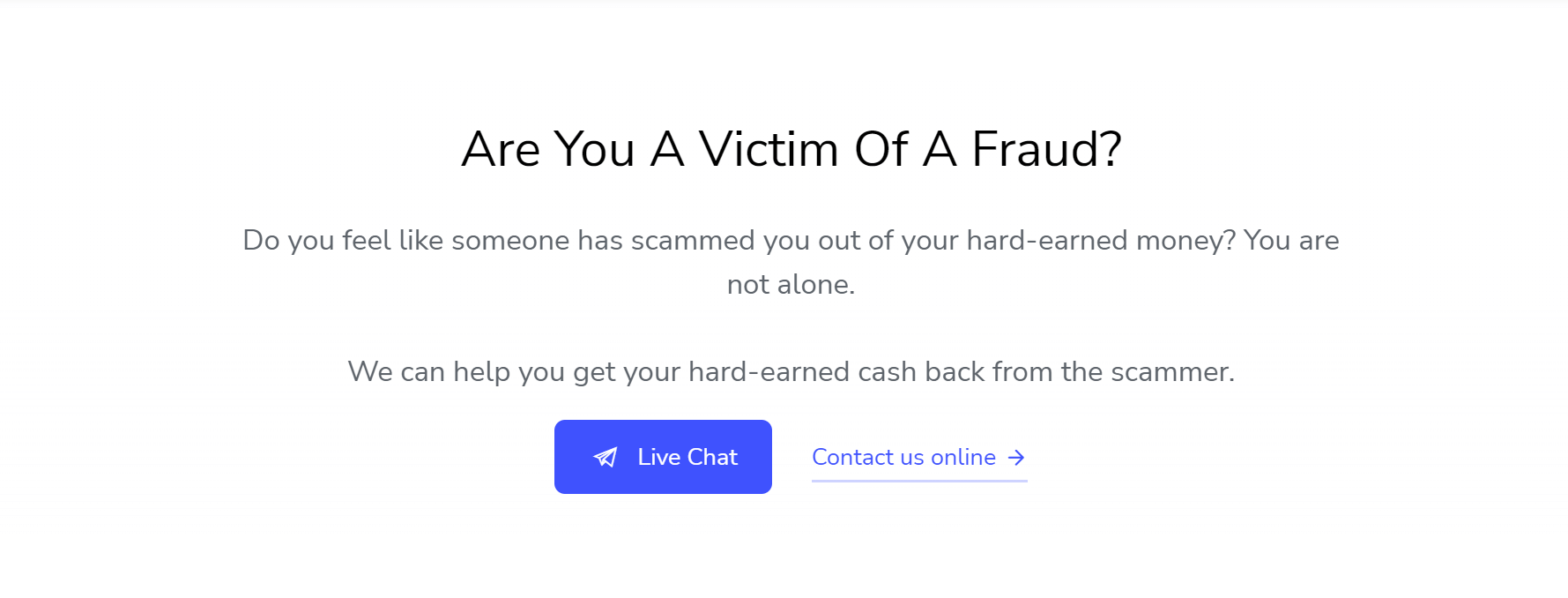It’s been an interesting year for Twitter. After months of negotiations and legal sparring, the sale of Twitter to Tesla founder Elon Musk has finally gone through, and a smooth ownership transition does not appear to have been high on his list of priorities.
Twitter has been subjected to a number of sudden and drastic changes, and lots of radical new ideas have been floated to invigorate the platform. Among them is a proposal to add online payment capabilities. What would Twitter payments look like, and are they really going to become a reality?
- How Would Twitter Payments Work?
- Why Does Twitter Need Payments?
- How Have Past Experiments with Social Media Payments Gone?
- What Would Be Different about Twitter Payments?
- What Challenges Might Twitter Payments Face?
- Conclusion
For the longest time, Twitter has been a social media site focused on brief, pithy exchanges between a massive global user base. Unlike other social platforms, accounts on Twitter don’t need to follow or befriend each other in order to engage in freewheeling group discussions. The open and chaotic nature of Twitter has made it a hub for breaking news, edgy comedy, endless controversy, and ongoing fears about bot networks designed to influence our opinions and fool us with fake news.
We will skate past Musk’s possible motivations for acquiring Twitter and focus on the plans that would have the most significant impact on retailers, e-commerce merchants, and other businesses. That would be the proposal Musk floated during a live chat shortly after the takeover, in which he suggested that Twitter might add an online payments feature.
With nearly 240 million daily active users (at last count—many Twitter users who dislike the new ownership are reportedly leaving the platform), adding a payment system to Twitter could be a massive revenue generator, if people are willing to use it. However, lots of bold ideas for revitalizing Twitter have been run up the flagpole in recent weeks, and it’s clear that not all of them will come to fruition.
That said, many people doubted that the purchase would ever go through, and yet here we are. Let’s take a moment to consider what Twitter payments might actually look like.
How Would Twitter Payments Work?
The proposal seems to still be in the early brainstorming stages. Musk reportedly described plans to allow users to connect their payment cards and bank accounts to Twitter, enabling them to make payments to other users from within the platform.
The proposal seems to still be in the early brainstorming stages. Musk reportedly described plans to allow users to connect their payment cards and bank accounts to Twitter, enabling them to make payments to other users from within the platform.
One of the models for this plan is WeChat, a Chinese social media platform that has incorporated a native payment system, WeChat Pay, since 2013. Users in China use WeChat Pay to pay for transportation, food, and many other purchases.
While payments may be new and unfamiliar territory for Twitter, they aren’t for Musk.
Although the eccentric billionaire is mostly known these days for his leadership of Tesla Motors and SpaceX, one of his earliest tech ventures was X.com, an online bank that merged with a competitor in 2000 to become PayPal.
Why Does Twitter Need Payments?
While Twitter users who use the platform for sharing jokes and following breaking news may not see the need for an integrated payment system, Twitter’s shareholders might feel differently. Payments would be a way for the platform to earn revenue, something it has struggled with.
While Twitter users who use the platform for sharing jokes and following breaking news may not see the need for an integrated payment system, Twitter’s shareholders might feel differently. Payments would be a way for the platform to earn revenue, something it has struggled with.
Historically, Twitter has made money by selling advertising, but various trends and economic factors have led to a recent decline. A number of novel ideas for generating non-advertising revenue have been suggested, including selling the vaunted blue checkmark (a signifier that identifies verified Twitter users) for a monthly subscription fee.
Twitter would not be the first social media platform to dabble in integrated payment systems, and WeChat Pay has shown that a successful implementation, in the right market, can be a huge winner. In that light, it should not be surprising that the payment option would be on the table for Twitter’s reinvention.
How Have Past Experiments with Social Media Payments Gone?
In the US market, the answer would be: not well. Several large social media platforms have tried to launch payment services, and none of them have been particularly successful.
Meta Pay, formerly known as Facebook Pay, allows users to send payments to each other from within Facebook, Messenger, and Instagram. While this feature never really took off, Meta plans to implement it as a digital wallet service in the virtual-reality Metaverse.
Snapchat launched its payment service, Snapcash, in 2014. Four years later, they shut it down.
What Would Be Different about Twitter Payments?
Given the state of the platform and the failures of previous social media payment features, Twitter payments might seem doomed from inception. However, Musk’s proposal did include some innovative ideas.
Given the state of the platform and the failures of previous social media payment features, Twitter payments might seem doomed from inception. However, Musk’s proposal did include some innovative ideas.
One notable aspect of the Twitter payments proposal is that it could be tied to a high-yield money market account, meaning that holding a balance of Twitter cash could generate a better interest rate than users would get with their regular bank accounts. Musk also appeared to suggest kicking off the service by providing each Twitter user with a balance of around $10. In response to a follow-up question, he also sounded amenable to the idea of expanding Twitter’s financial services to include lending.
What Challenges Might Twitter Payments Face?
Nearly every significant proposal for Twitter payments runs up against some set of financial regulations. Ironing out the legal issues will surely take some time, if the current vision for Twitter payments is going to become a real thing.
Nearly every significant proposal for Twitter payments runs up against some set of financial regulations. Ironing out the legal issues will surely take some time, if the current vision for Twitter payments is going to become a real thing.
Twitter payments would also have to contend with rivals who have already staked out a space in the online payments landscape, including Venmo, Cash App, Zelle, and of course, PayPal. Given that many Twitter users already use these services—and may not be positively inclined toward Musk’s vision for the platform—achieving widespread adoption might be the biggest hurdle to overcome.
Conclusion
It’s too early to tell if Twitter payments will become a hard fact or stay in the realm of fiction. In the short term, neither outcome is likely to have a big impact on merchants right away, unless Twitter is the primary platform on which you find customers and market to them. For now, Twitter payments—much like a manned trip to Mars—remain entirely speculative. All we can promise is that if it ever does launch, we’ll be here to let you know how to handle Twitter payment disputes.
Thanks for following the Chargebackpros blog. Feel free to submit topic suggestions, questions, or requests for advice to:info@chargebackpros.org











